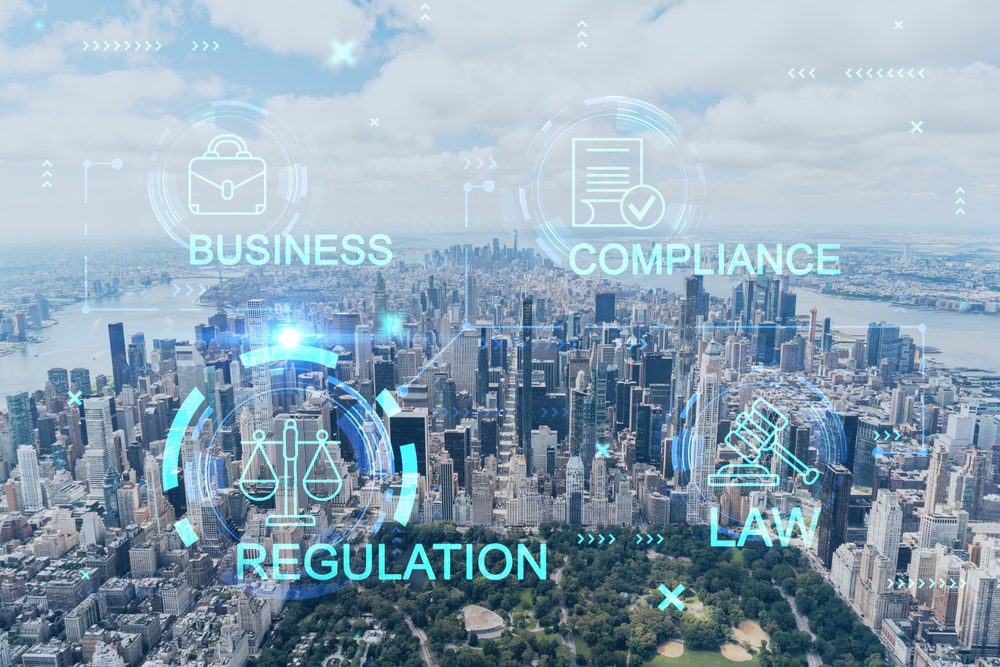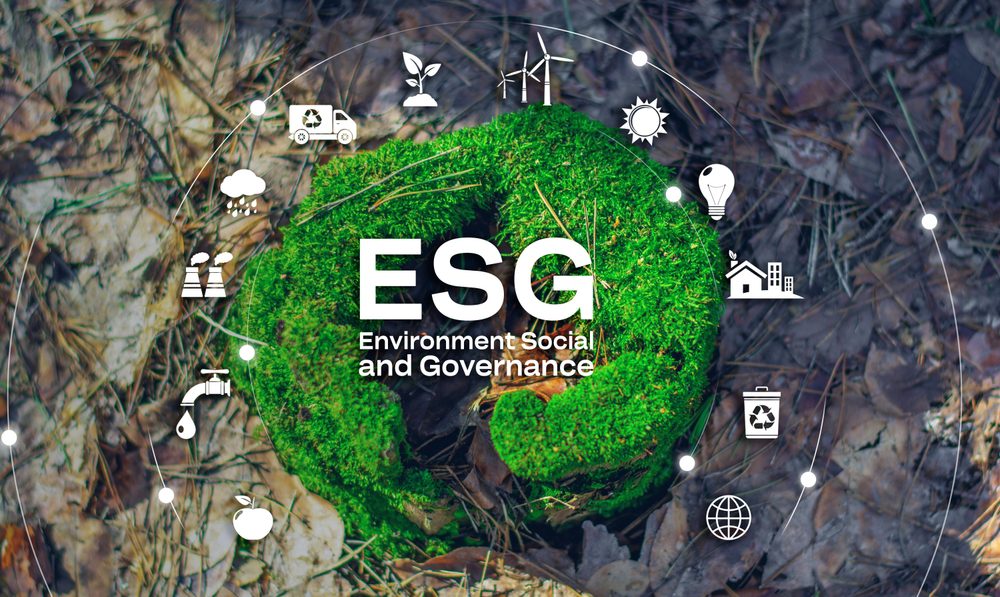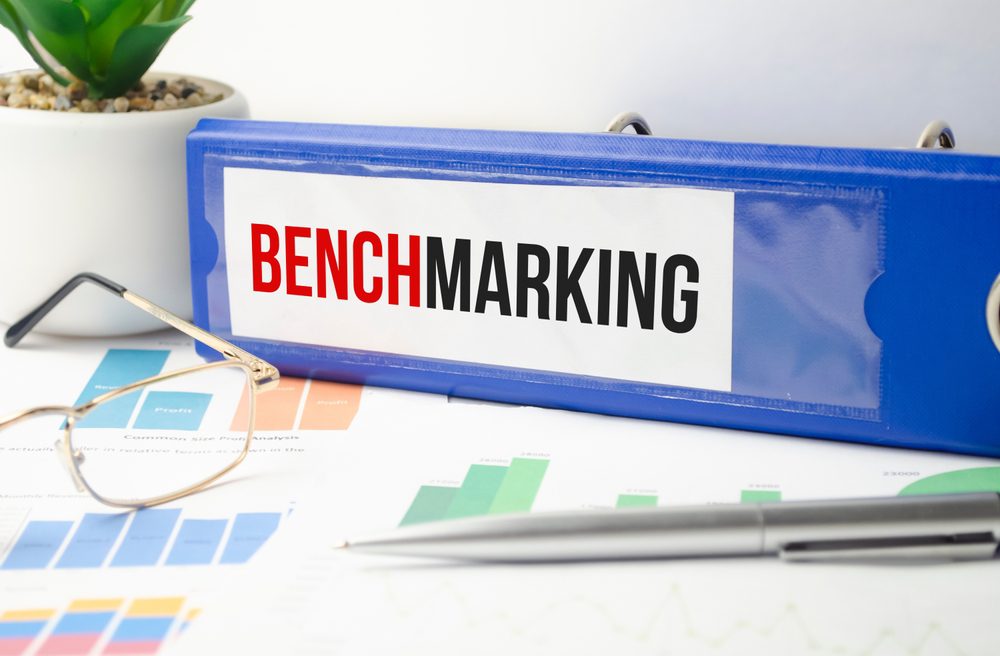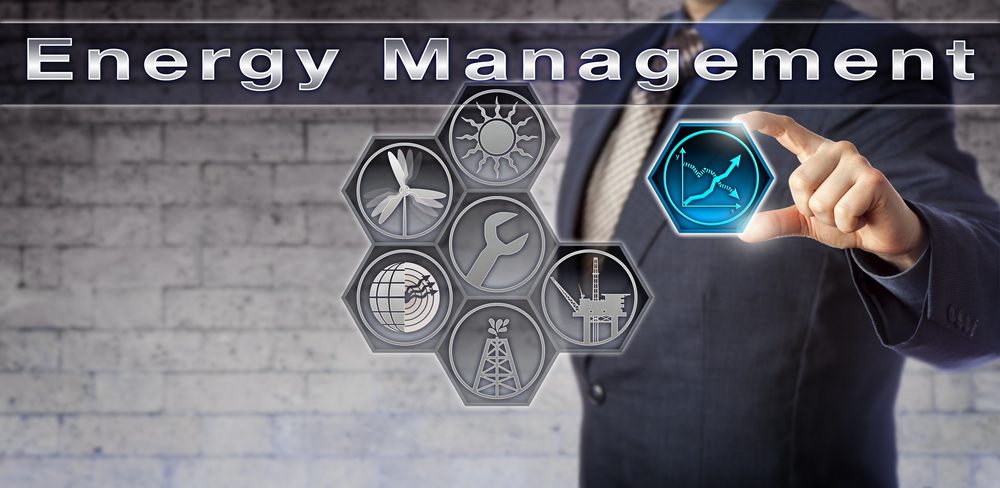Introduction
New York City, the city that never sleeps, is not only a hub of commerce, culture, and creativity but also a colossal consumer of energy. The city’s towering skyscrapers, bustling streets, and diverse neighborhoods make it an epicenter of activity, and this perpetual motion requires a substantial amount of power. Yet, with this unending demand for energy comes a hefty cost – one that extends far beyond our wallets and directly affects our environment.
In this blog, we will delve into the pressing issue of energy efficiency in the heart of the Big Apple and how it’s reshaping the city into a more sustainable built environment. Energy efficiency, often viewed as a buzzword, is a transformative concept that holds the power to redefine urban living and enhance our environmental stewardship.
The Energy Landscape in NYC
New York City, a sprawling urban expanse, stands as a colossal energy hub with tremendous consumption needs. The city’s ceaseless movement and vitality demand an uninterrupted stream of energy. However, this immense appetite for energy has a dark side, which is reflected in the city’s energy landscape.
NYC faces numerous environmental challenges, including air pollution, heavy greenhouse gas emissions, and a dependence on non-renewable energy sources. As a result, the city grapples with rising temperatures, air quality issues, and the imminent threat of climate change. The need for sustainable solutions to counteract these challenges has never been more pronounced.
The Role of Buildings in NYC’s Energy Consumption
A prominent contributor to New York City’s voracious energy appetite is its buildings. Whether you stroll past a historic brownstone in Brooklyn or a state-of-the-art glass skyscraper in Manhattan, each structure is a voracious consumer of energy. In fact, buildings account for a significant portion of the city’s energy consumption.
From the energy required for heating and cooling systems to the power used for lighting, appliances, and the daily functions of millions of New Yorkers, buildings are at the core of the energy equation. Yet, it’s not just about what’s consumed; it’s about how efficiently we consume it. This is where the pivotal concept of energy efficiency comes into play.
Key Benefits of Energy Efficiency

Energy efficiency isn’t just a lofty ideal; it offers tangible, far-reaching benefits. To fully grasp its significance, let’s examine these benefits more closely.
First and foremost, energy efficiency lowers energy costs for individuals and businesses. In a city renowned for its high living expenses, any reduction in utility bills offers welcome relief. Moreover, energy efficiency contributes to a cleaner and healthier environment by reducing greenhouse gas emissions. The impact of these emissions reaches beyond the city’s borders, affecting the global climate. Enhancing energy efficiency leads to a higher quality of life in NYC, as cleaner air and a more sustainable environment directly benefit residents. Lastly, it promotes job creation and stimulates economic growth, presenting a win-win situation for both the city and its inhabitants.
NYC’s Energy Efficiency Initiatives
New York City recognizes the significance of energy efficiency and has been proactive in implementing various programs and initiatives to promote it. These initiatives encompass a broad spectrum, ranging from energy-efficient building practices to rebates and incentives for individuals and businesses. The city has set regulations requiring energy-efficient designs in new constructions. The success stories and case studies emerging from these initiatives underscore that the city is making headway in reducing its carbon footprint and energy consumption. Furthermore, government incentives and policies are designed to not only enhance energy efficiency but also drive a collective shift towards a more sustainable built environment.
Sustainable Building Design and Construction
A cornerstone of energy efficiency is sustainable building design and construction. This concept centers on the reduction of energy consumption through the use of energy-efficient building materials, innovative technologies, and architectural designs that embrace sustainability.
In New York City, sustainability is gradually becoming the norm. Many structures are incorporating energy-efficient windows to regulate indoor temperatures. Others boast green roofs that serve as natural insulators, moderating temperature fluctuations. In the city’s architecture, cutting-edge designs that maximize natural light and ventilation are making strides in reducing the need for artificial lighting and air conditioning.
The Role of Technology in Energy Efficiency
In the digital age, a plethora of technological advancements are revolutionizing the way energy efficiency is achieved. Smart building technologies, the Internet of Things (IoT), and data analytics are transforming the way we manage energy in buildings.
Buildings can now “learn” from occupant behavior and adjust their energy usage accordingly. Lighting and heating systems are optimized to reduce waste, while predictive maintenance can preempt energy-wasting breakdowns. In NYC, these technologies are making a tangible impact by helping the city conserve energy without compromising the quality of life for its residents.
The Human Factor: Changing Behaviors
Despite technological innovations and infrastructure improvements, the human factor remains indispensable. Changing behaviors and fostering a culture of energy conservation are critical components of energy efficiency.
Raising awareness about the importance of energy efficiency through education and outreach is pivotal. It is through educational initiatives and outreach efforts that New Yorkers are becoming increasingly aware of their power in conserving energy. Providing practical tips for individuals and businesses on how to reduce their energy consumption empowers the city’s residents to make a significant difference. NYC’s sustainability awareness campaigns are actively engaging the public and encouraging eco-friendly choices, helping drive the cultural shift towards energy efficiency.
Challenges in Achieving Energy Efficiency

Undeniably, energy efficiency faces its share of challenges. The upfront costs of implementing energy-efficient technologies and practices can be a substantial barrier for many. Resistance to change and reluctance to adopt new, sustainable habits are also considerable hurdles. Additionally, navigating complex policy and regulatory landscapes can be daunting for individuals and businesses.
Addressing these challenges necessitates a multi-faceted approach. Financial incentives, public education, and streamlined regulations are just a few of the strategies that can help overcome these obstacles and make energy efficiency more accessible to all.
The Roadmap to a Sustainable Built Environment
In the quest for a more energy-efficient NYC, it is imperative to combine existing initiatives with new strategies. A comprehensive roadmap to a sustainable built environment involves long-term planning and goal setting. New York City has set ambitious objectives for the future, including substantial reductions in carbon emissions and energy consumption.
By embracing these goals and implementing sustainable building practices and technologies, the city is charting a course towards a more energy-efficient and sustainable future. Through a concerted effort from both the public and private sectors, New York City is setting an example for cities worldwide, demonstrating that a commitment to energy efficiency can lead to a more sustainable future for all.
Conclusion
Energy efficiency is no longer an option; it is a necessity for the growth and prosperity of New York City and cities around the world. It is the key to reducing energy costs, curbing greenhouse gas emissions, and enhancing our quality of life. Through the incorporation of sustainable building practices, innovative technologies, and a collective shift towards a culture of energy conservation, NYC is actively paving the way to a sustainable built environment.
While challenges are real and significant, the potential benefits are even greater. Together, we can create a greener, more sustainable future for the city that never sleeps. It is time for New York to shine as a beacon of energy efficiency and environmental stewardship, proving that even the most energy-hungry metropolis can lead the way towards a sustainable future.
Discover how VertPro.com can elevate your property’s energy efficiency to new heights. We are your ultimate destination for all things related to Commercial Energy Audits, Benchmark Compliance consultancy, and access to our state-of-the-art Construction Marketplace. As trailblazers in the industry, VertPro® empowers Building Owners and Property Managers across the nation with innovative SaaS technology-based solutions. From Energy Benchmarking to Energy Audits/RCx Plus, we’re dedicated to ensuring compliance with over 50 Energy Benchmarking and Energy Efficiency Laws.
Now is the time to seize the opportunity to maximize your property’s energy potential and value. Explore VertPro.com’s comprehensive solutions today and let us be the catalyst for the transformation your property deserves. Your energy-efficient future starts here!















